
To mark the 54th Hong Kong French Film Festival, please enjoy our selection of five must-watch films. Ranging from philosophical fables to gripping investigations and social dramas, shwcasing the vitality of French cinema, which has never ceased to explore the world with sensitivity, humour and depth.
Little Amelie or the Character of Rain by Maïlys Vallade & Liane-Cho Han
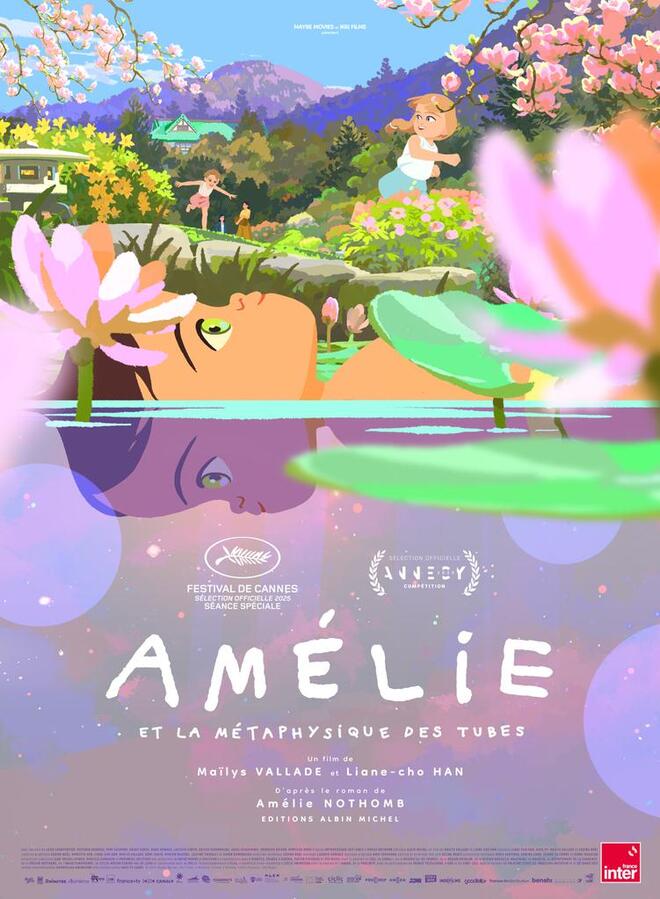
Amélie is a little Belgian girl born in Japan. Initially considered by everyone to be a lifeless tube, her miraculous encounter with chocolate brought by her grandmother awakens her to the wonders of the world that await her. Based on the autobiographical account in Amélie Nothomb's ninth novel, Métaphysique des tubes (2000), this animated film offers us a reflection on life and God, as well as a humorous and touching account of the thoughts of three-year-old Amélie.
The film's aesthetic immerses us in the carefree eyes of childhood, in a sumptuous visual universe where each shot seems to be a poetic watercolour or a vibrant pastel. The colours used and the diffuse lighting convey both joy and enchantment, but also fragility and Amélie's gradual awakening to the outside world.
Both made for children thanks to its gentleness and imagination, and deeply meaningful to adults thanks to the richness of its themes — cultural clashes, identity, spirituality, grief — Little Amelie or the Character of Rain achieves the rare balance of a universal coming-of-age tale.
Through Amélie's wide-eyed gaze, the film explores the fragile transition between innocence and awareness, that formative period when we learn to feel, understand and belong fully to the world.
Case 137 by Dominik Moll
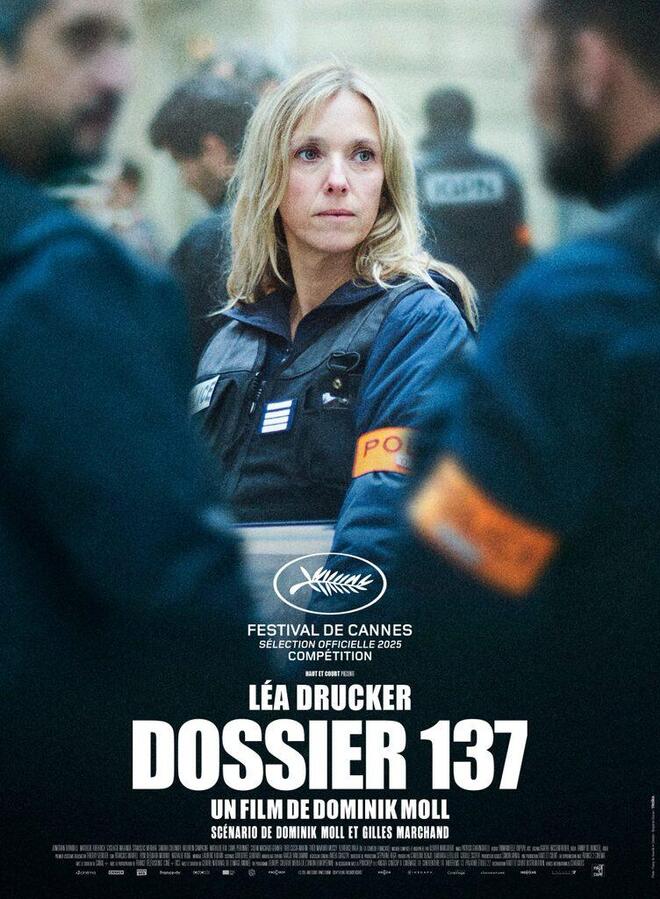
Stéphanie is an Internal Affairs investigator tasked with uncovering the truth behind a riot gun shot that seriously injured a protester during the Yellow Vest protests in Paris in 2018. This case—the famous 137—will gradually become more than just a number for her: it will become a question of truth, a sense of duty, and loyalty to her principles.
The film stands out for its sober, methodical, almost clinical aesthetic: cold lighting, no unnecessary music, rigorous editing. Moll does not show violence as spectacle, but rather how it is constructed, justified and concealed: contradictory testimonies, videos, reports, averted gazes.
Both gripping as a crime thriller and powerful as a political and social film, Dossier 137 questions the divisions in contemporary France — institutional loyalty versus justice, the disillusionment of the population, the imbalance between the centres of power and the provinces, and the code of silence within the ranks.
13 Days, 13 Nights by Martin Bourboulon
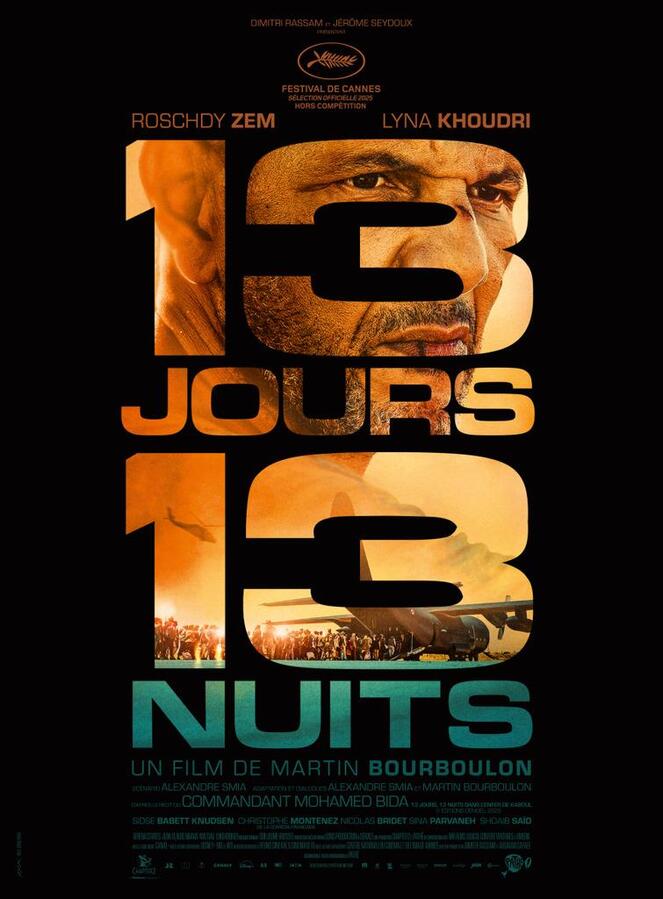
13 Days, 13 Nights recounts the true story of Commander Mohamed Bida, who was stationed at the French Embassy in Kabul when the city was taken by the Taliban in August 2021. Caught up in the chaos, he decides to negotiate and then organise the evacuation of hundreds of Afghans and French nationals to the airport, through thirteen days of tension, uncertainty, difficult decisions and painful fears.
The film stands out for its sober but powerful direction: Bourboulon favours stable shots, silences, tired looks and moments of doubt. We feel the growing pressure, not through spectacular explosions, but through the oppressive atmosphere of the closed setting, the well-orchestrated crowd scenes and the way the imminent danger is made palpable.
Roschdy Zem carries the film with sobriety—he embodies a worn-out, human authority, torn between obligation, fear, and a sense of duty. Lyna Khoudri, in the role of the Franco-Afghan humanitarian, brings a very human, often torn dimension, and Sidse Babett Knudsen completes the main trio with moments of lucidity and compassion.
Colours of Time by Cédric Klapisch
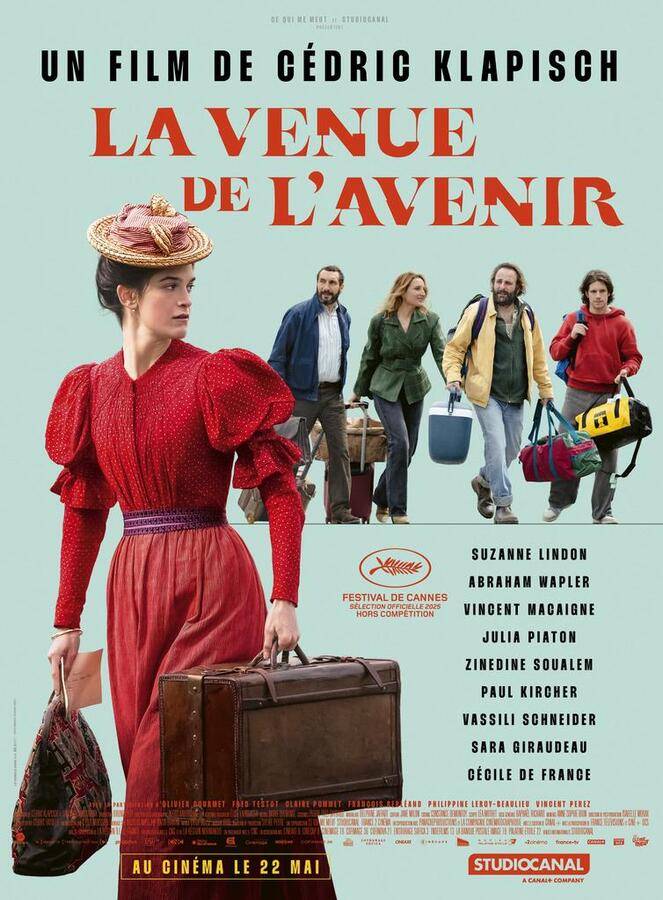
Four cousins inherit an old abandoned house, a family relic steeped in secrets. As they rummage through memories, they discover the story of Adèle, an ancestor born in Normandy in 1895, who left for Paris to transcend the limitations of her era — between impressionism, photography, and figures such as Monet and Nadar — while juggling the very contemporary concerns of her heirs in 2024, caught between social media, the search for meaning, and views on art.
The film captivates with its elegant aesthetic of dual temporality: the evocation of 19th-century Paris is meticulous, rich in golden light, ancient architecture and a pictorial atmosphere, and contrasts subtly with a present that is often more nervous and urban, but also often filled with calm and contained emotion.
Both touching as a family film (transmission, the weight of heritage, the link between past and present) and stimulating as a reflection on art, modernity and the emerging visual sciences, Colours of Time manages to combine nostalgia with a contemporary perspective. The film does not give in to the temptation of ‘it was better before’, but instead invites us to consider the past as a root, a source — not to lock us in, but to compose a richer future.
Prime Rush by Carlos Abascal Peiró
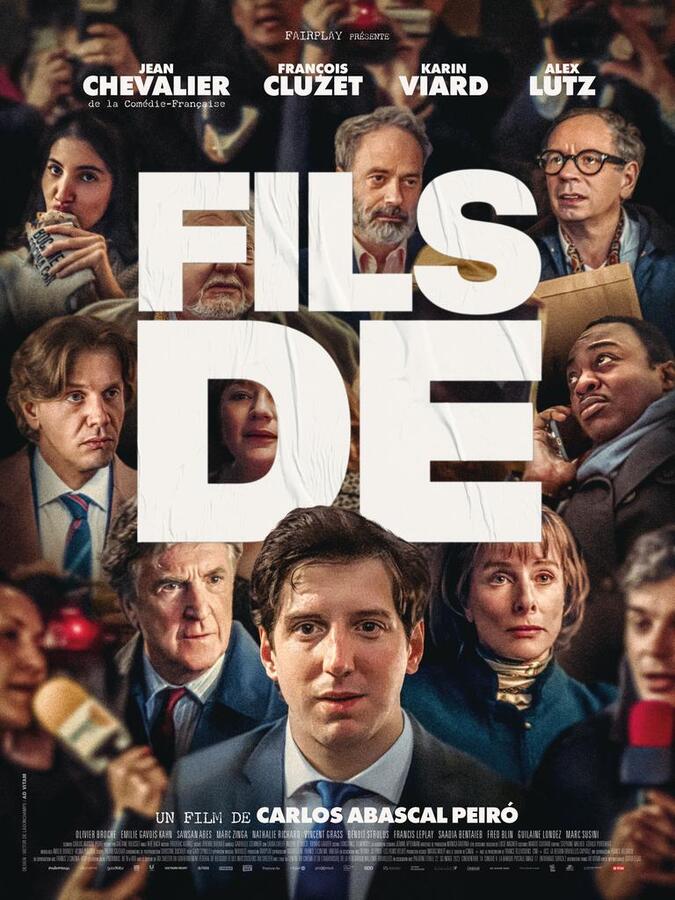
Nino Granell is an ambitious young parliamentary assistant tasked with convincing his own father — Lionel Perrin, a disillusioned former politician — to accept the position of Prime Minister immediately after a presidential election. But this professional mission quickly becomes a life journey: amid rivalries, secret alliances and behind-the-scenes lies, a satire of power unfolds.
This comedy has a lively aesthetic: fast-paced editing, rapid scene transitions, and a closed political or media atmosphere where every word counts, as does every silence. The humour is often dark, the situations ridiculous but never gratuitous—the caricature is exaggerated, but sufficiently rooted in a recognisable reality that it is not dismissed as an absurd comedy.
With a strong cast—François Cluzet, Karin Viard, Alex Lutz—Prime Rush oscillates between farce and drama: political cynicism, latent corruption, nepotism, and loyalty confronted with personal interests are all themes that structure the narrative.
